Bandama valley attractions and its surrounding areas
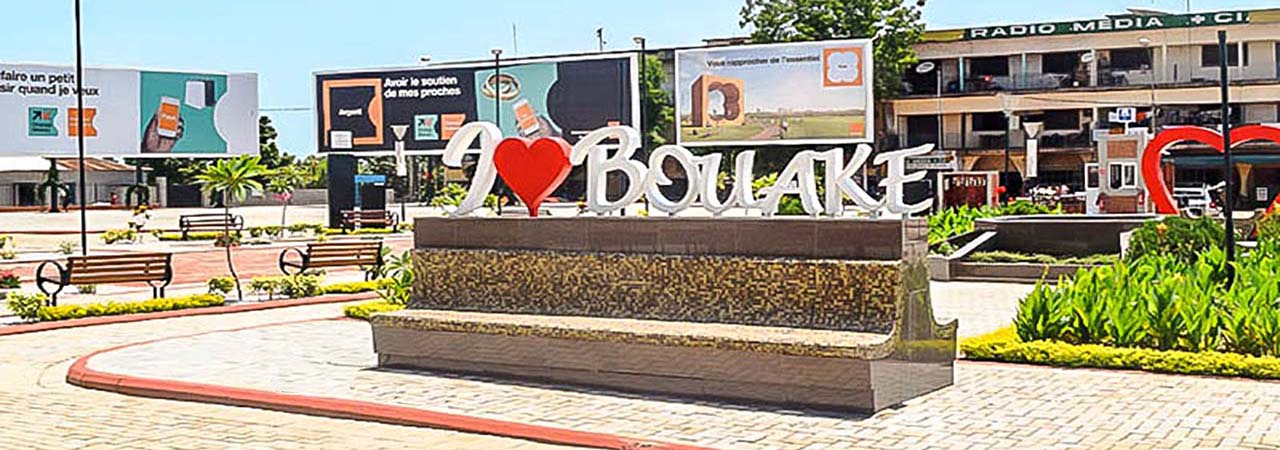

The Bandama Valley is a district of Côte d’Ivoire whose capital is the city of Bouaké. The district is located in the center of the country and it is mainly inhabited by the Baoulés (Gbêkê region) and the Djiminis (Hambol region). The Bandama Valley covers a surface area of 28,530 km² and its population is estimated at 1 440 826 inhabitants. It is a vast geographical area rich in crafts, culture and infrastructure. This region is populated by the Baoulé, Tagbana, Djimini and Djamala people.
The city of Bouake

Created in 1910 and located in the center of Côte d’Ivoire, 350 km from Abidjan, Bouaké is now the second largest city in Côte d’Ivoire. Capital of the Boualé country, it is located at the crossroads of the major roads and railways, and on the edge of two large areas with complementary economies, a geographical location making it a privileged place of exchange, Bouake has become an important platform for the Ivorian economy.
N'Zi River Lodge

Created in 2000, the N’Zi River Lodge (where the “villa des rangers” borrows its name) is located 45 km northeast of Bouaké (capital of the Bandama Valley region) and 25 km from the Brobo commune in central Côte d’Ivoire. The fauna and flora reserve park, „The N’Zi River Lodge” covers an area of 41,000 hectares composed of vast hilly landscapes created by rivers. This natural complex is made up of plains, small wonderful mountains, a wooded savannah, several forests and rivers. The fauna is made up of several animal species (warthogs, buffaloes, kob, duiker).
The potters of Mangoro
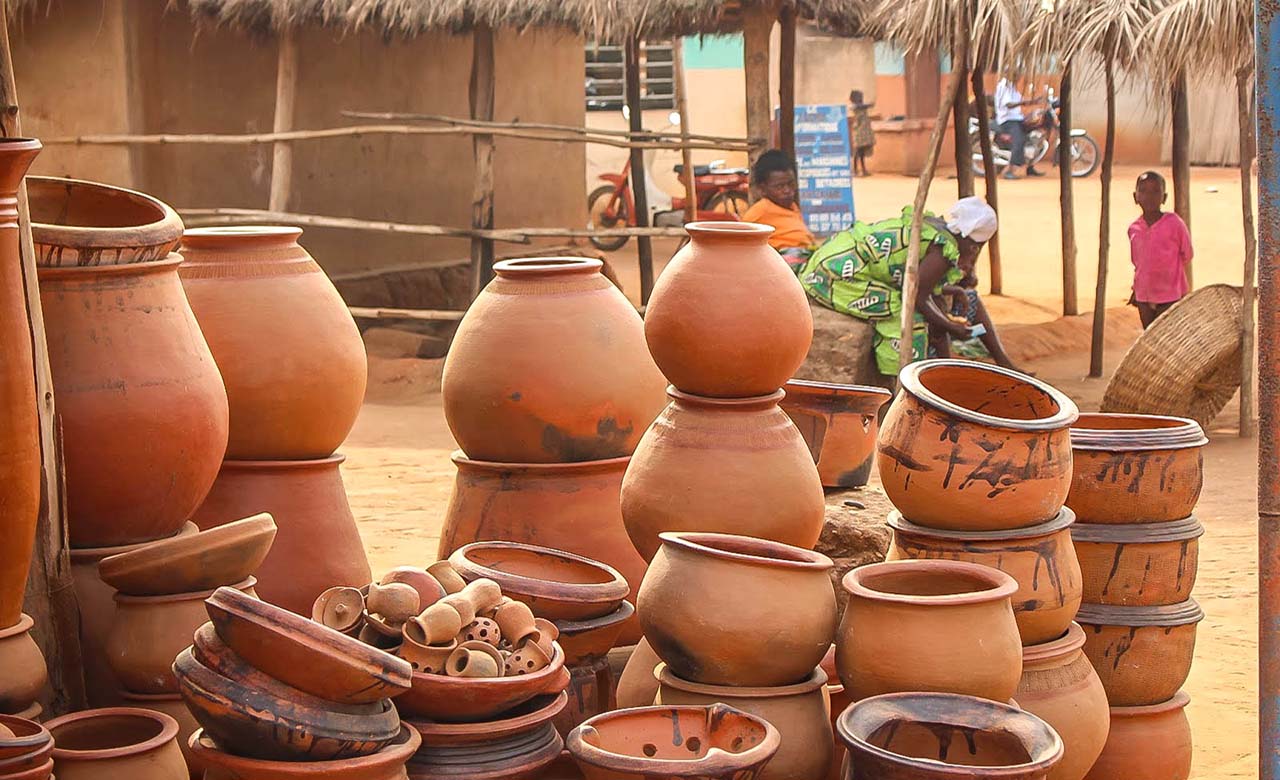
Traditional pottery “mangoro” occupies an important place in the cultural and artistic heritage of Ivory Coast. Vehicle wheel, polished stone, mixture made of tree barks, traditional tower and many other things are made. The pottery of the mangoro people is transmitted from generation to generation and the association of women experienced in the ancestral art of pottery have regrouped themselves in a cooperative. The people of this region live from the extraction of clay. In the past, only women were allowed to extract clay.
The dyers of Dar Es Salam
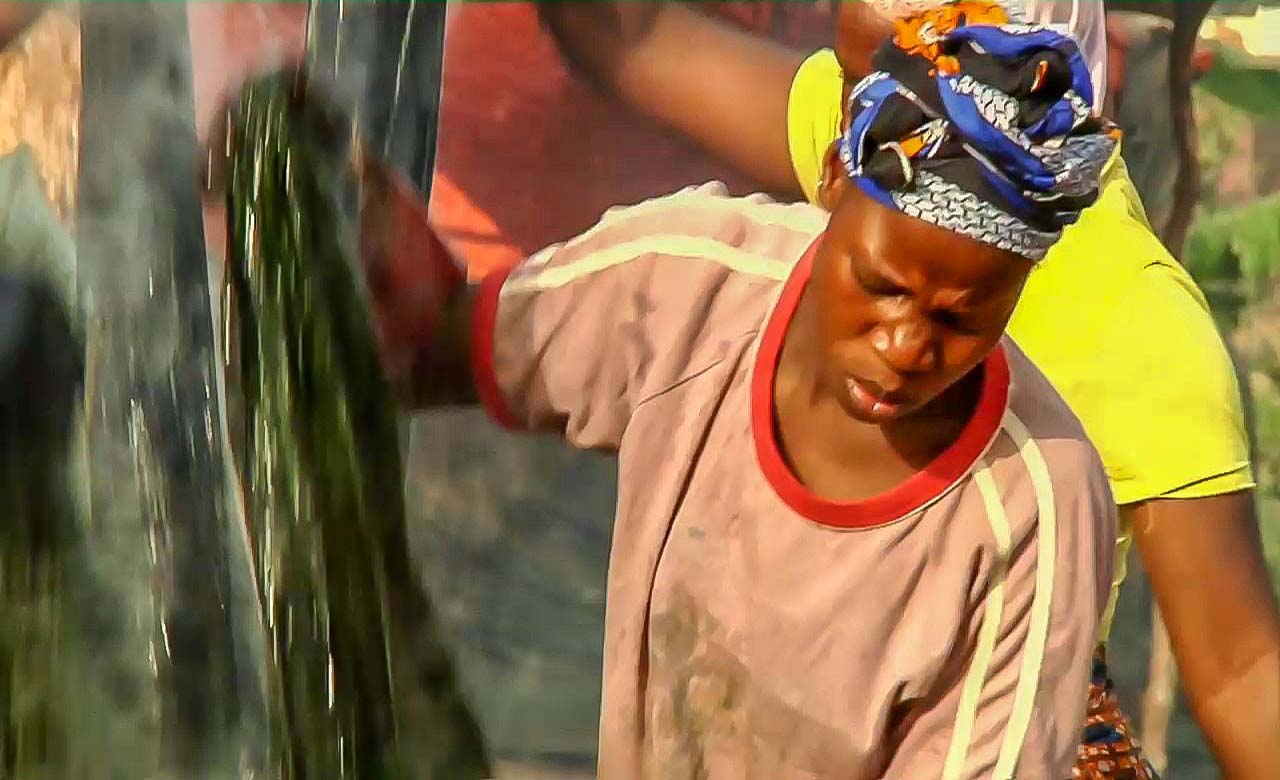
The dyers of Dar Es Salam is a renowned textile center of Bouaké which brings together experts in the art of dyeing of basins and Indigo loincloths. This center attracts wholesalers who come from all over Ivory Coast in order to buy various fabrics including basins and indigo loincloths that are strongly represented in the dress habits of Ivoirians. Watching them at work is a fascinating sight not to be missed.
The St. Mary Benedictine monastery

The Monastery St. Mary of Bouaké is located near the city of Bouaké. The monastery was founded in 1960 by the monks of Toumliline. It is the only male monastery of the Benedictine Order in Ivory Coast. The Benedictines are contemplative Christian monks and it is the oldest religious order of the Catholic Church.
The Wholesale market

Located in the city of Bouaké, this market has a sub-regional reputation and constitute a platform for the conservation and marketing of foodstuff and agro-alimentary products throughout the West African sub-region. This awards it great notoriety. It supplies the markets of the neighboring countries (Mali, Burkina Faso) and has a financial institution and a customs post. This market is one of the important aspects in the Ivorian economy and is integrated into the priority strategy for sustainable and constant food security, which has been in place since 1980 and which given the country a larger place in the sector foodstuff production.
The Bouaké Trade fair and the carnaval forum
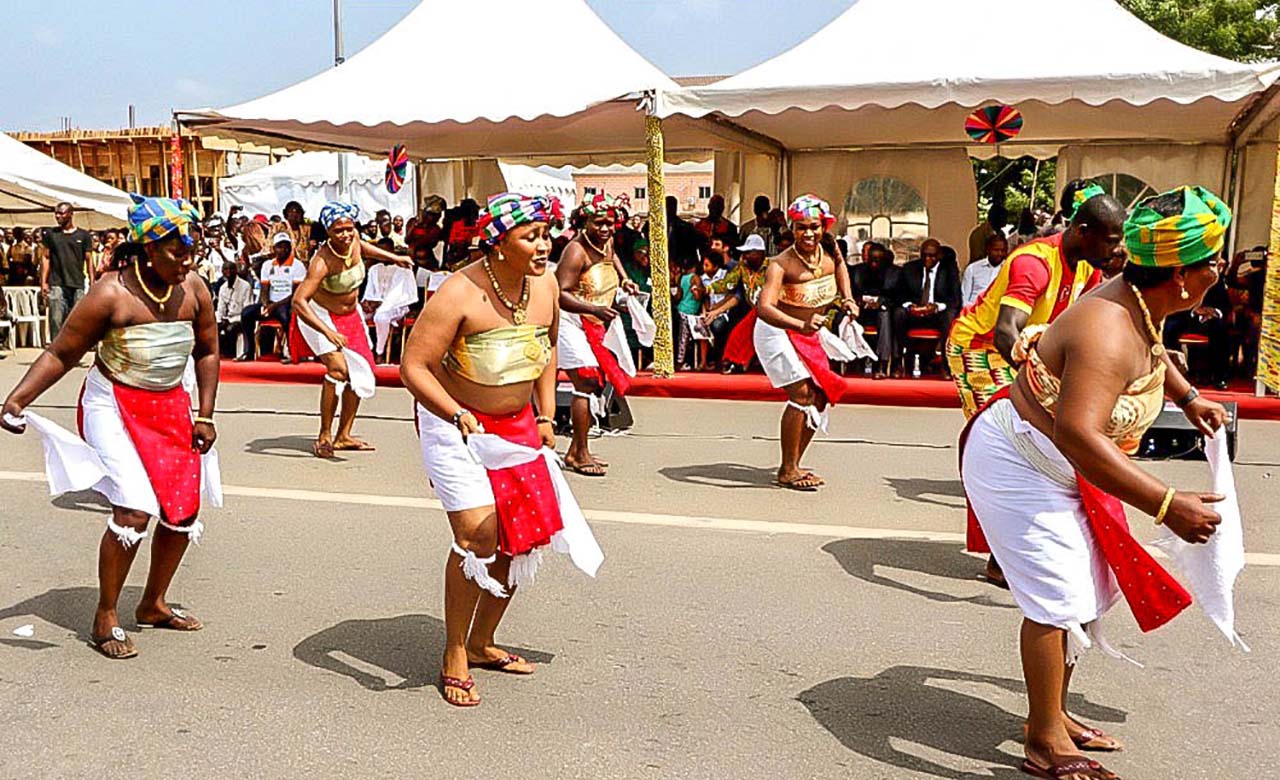
The Bouaké Carnaval is an Ivorian cultural manifestation that usually takes place at Bouaké and lasts for a week, with the holding of a trade fair and a parade whose epilogue remains the cremation of the carnival statue. The first edition of the Bouaké Carnival Trade Fair was launched in 1960. It is held every year during the month of April.
The Mount Niangbo
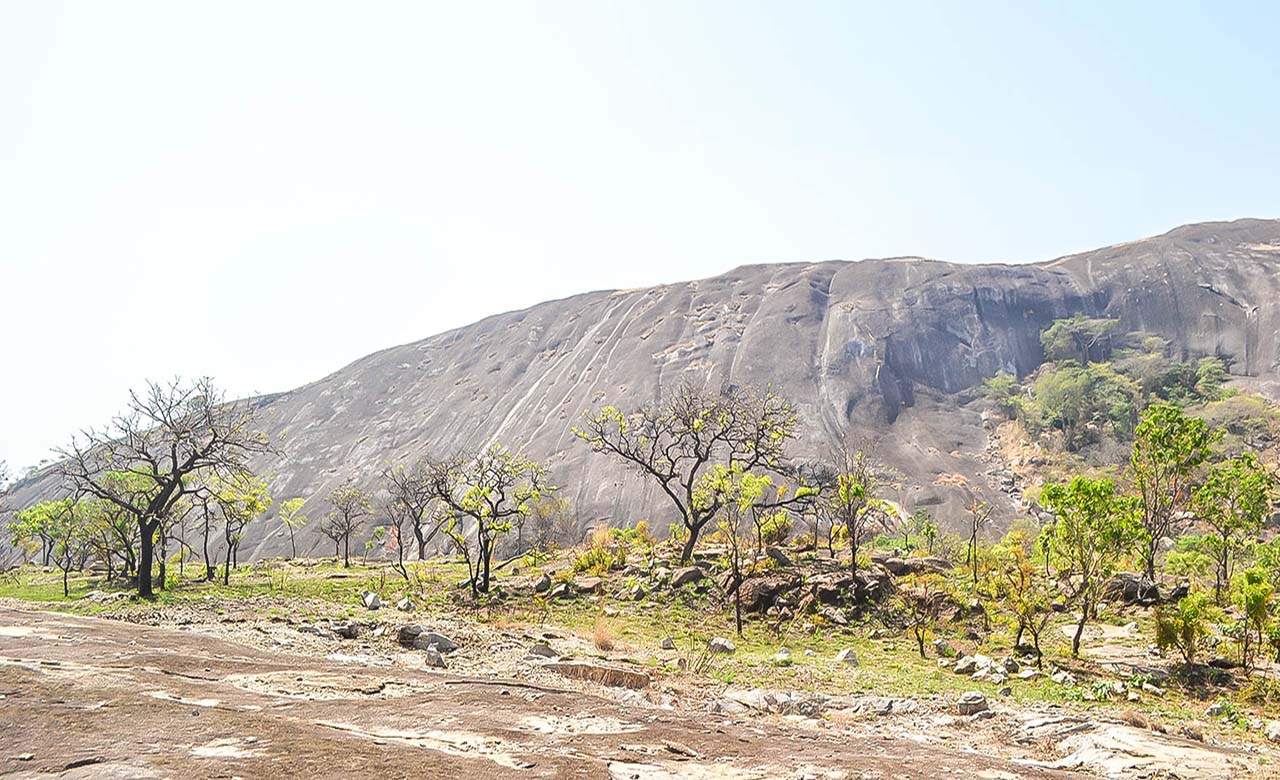
Niangbo is a village in the northern part of the country which is part of the Bandama region. The Mount Ningbo is made up of a chain of 07 Rocky Mountains whose highest point is 600 meters above sea level. Mount Niangbo is blessed with a breathtaking landscape where you can breathe fresh air. It proudly imposed itself for several meters and attracts visitors. It is also endowed with a fauna that is rich in animal species, you can see monkeys, gorillas, and some small games: (hares, squirrels, pangolins, culverts, does, gazelles, warthogs and several species of birds). Some animals have become rare but are occasionally visible, such as lions, panthers, elephants and hyenas.
The potters of Tano Sakassou
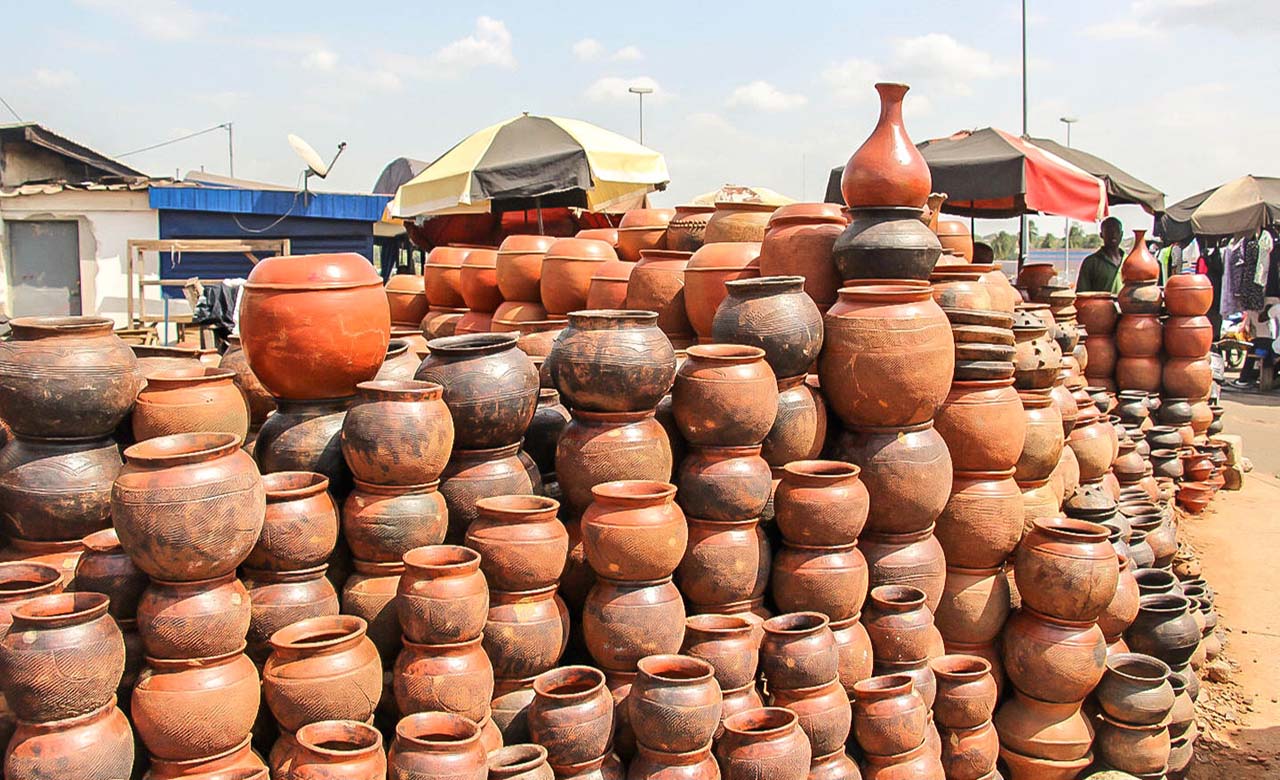
Located around 10 minutes from Bouaké, the Bouake potters have been gathered in cooperatives since 1986 and master the art of making utility objects.
